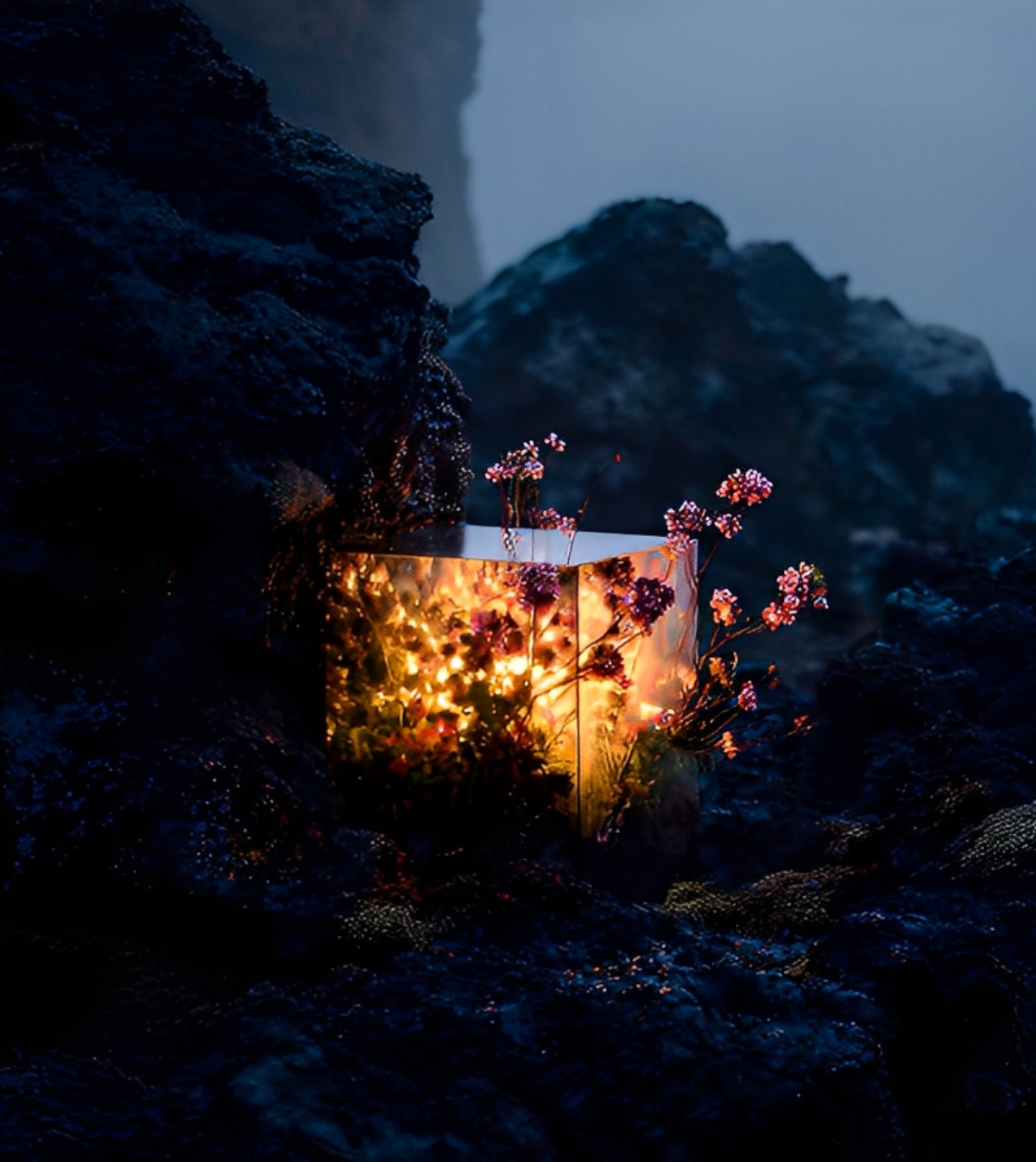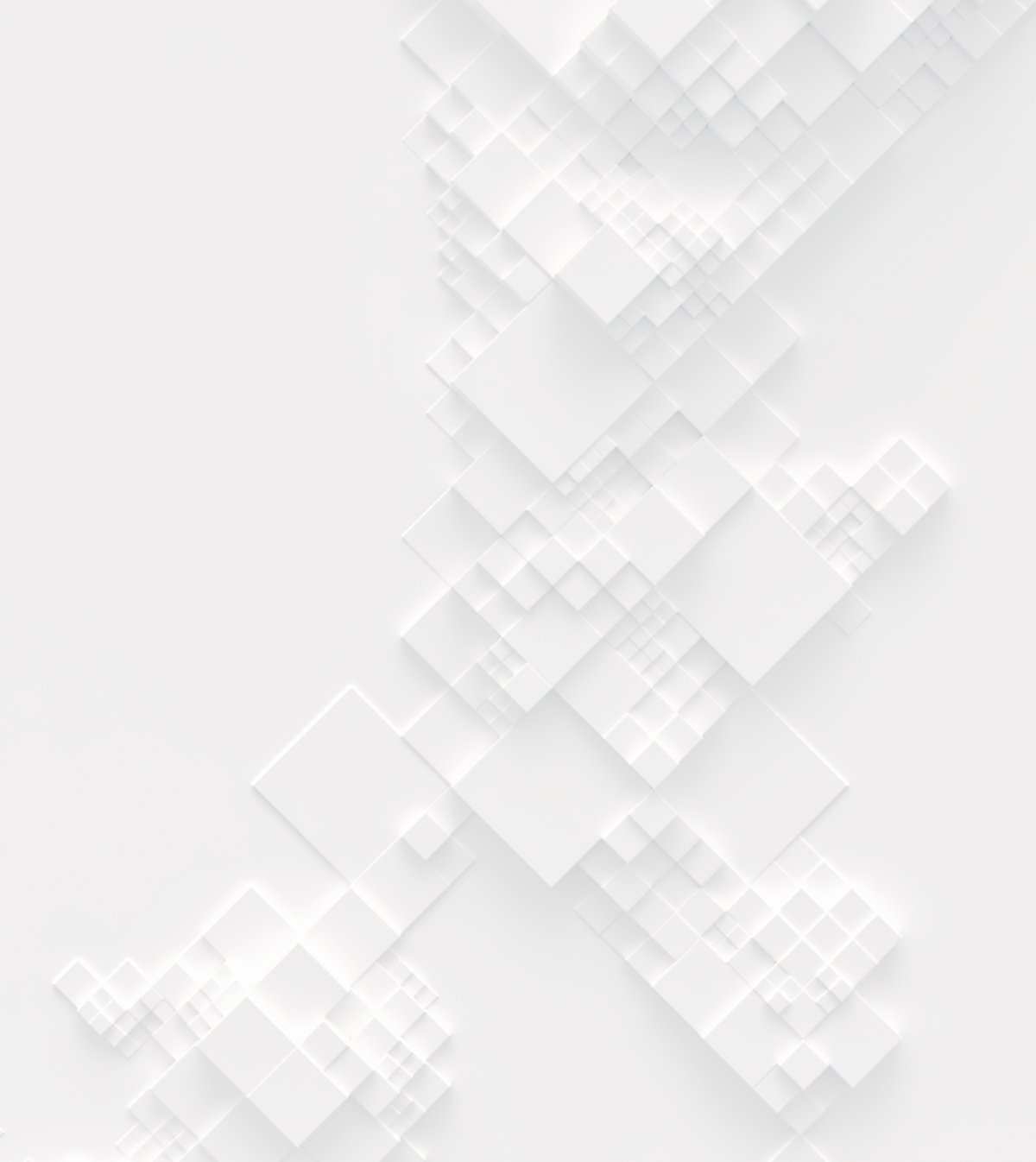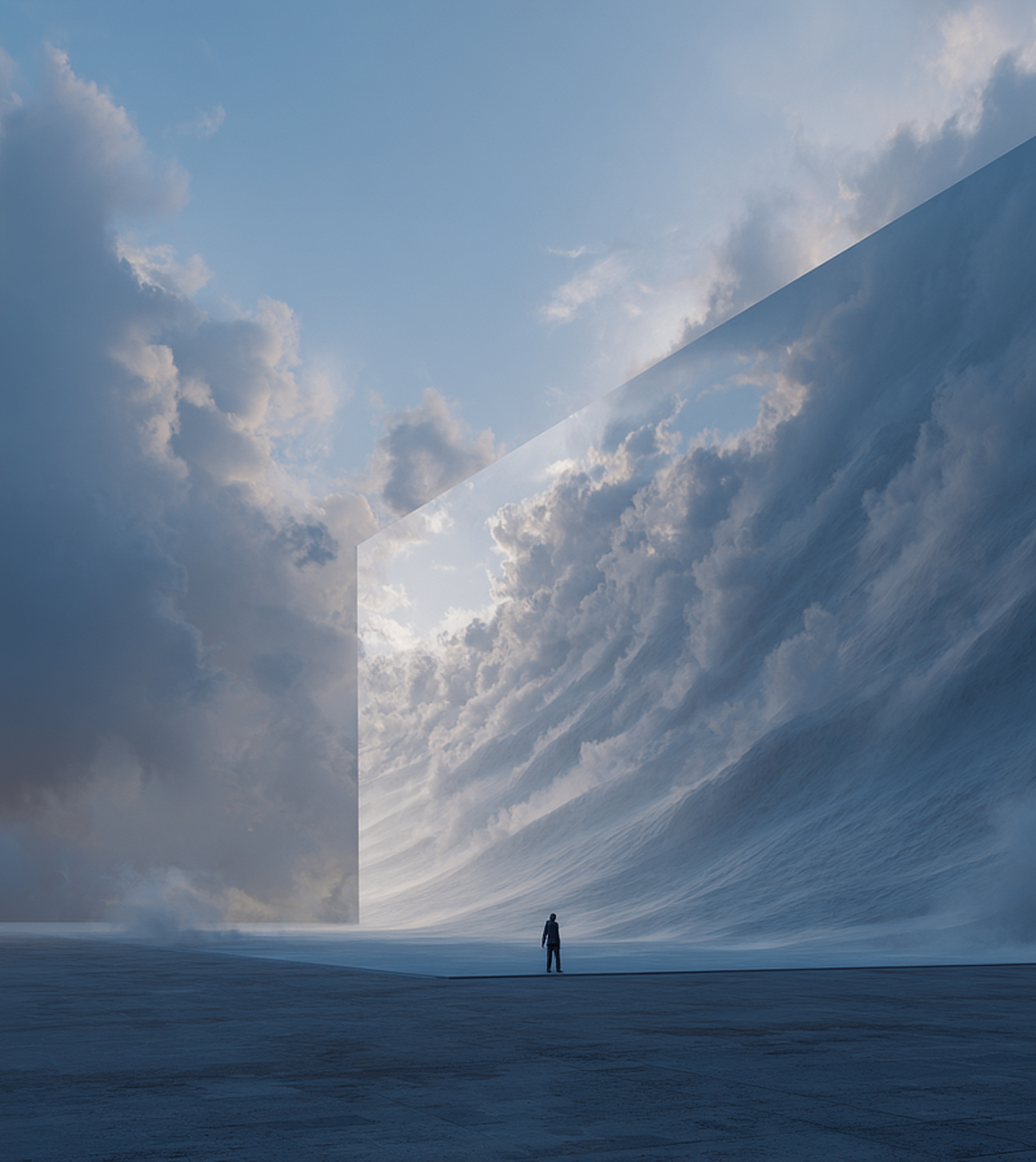We’d like to take the opportunity to introduce you to the 1st prize winner of our "The Last Genocide Memorial" competition – Peter Vatkov from the United States!
I participated in this competition individually.
My professional path spans between preservation of European historical heritage and designing cutting-edge high technology facilities in North America.
I graduated from the University of Architecture in Bulgaria, and worked for fifteen years as an architect for the National Institute for Heritage Preservation on projects ranging from large-scale urban design and programs to conservation, revitalization, and adaptive reuse of historical sites, some of which were included in the UNESCO’s list of World Heritage Sites.
I was a lead architect and an architect of record for several architectural and archaeological urban sites with national significance. Some of the projects I led include the General Plan of the Roman City of Diocletianopol, named after emperor Diocletian (nowadays the city of Hissarya, Bulgaria), and the Preservation and Adaptive Reuse of the Roman Thermae in the city of Varna – the fourth largest thermae in Europe. As a leader of my own company, I was nominated as the winner of several urban and architectural competitions. Some of them include the General Plan of the City of Srednogorie, Library of New Bulgarian University, and a Hotel in the Historical City of Bansco.
While these years of my career were dedicated to the past, my following years were dedicated to the future. As an architect in California, I worked on a wide range of project types for schools, colleges, and universities. Some of my work as lead design architect includes the Math and Science Building of Delta College, Library of Hartnell College, Student Services Center for Ohlone College, San Ramon Campus of Diablo Valley College, and revitalization of the Science Complex of the University of San Francisco.
My most recent professional experience is related to architectural work for high tech campuses and laboratories in bio, pharmaceutical and medical industries and chip manufacturing in Silicon Valley and the Bay Area.
I am a licensed architect in California and in Bulgaria.
What does architecture mean to you and what is the role of an architect in your society?
Architecture is an art and a science of organizing the physical three-dimensional environment of human life. As such, it is a key component of every civilization.
There is a dynamic relationship between social organization and the organization of human space involving mutual impacts. Understanding the social context and designing an adequate spatial organization to house the social functionality is the realm of architect’s work. A good architect should be a knowledgeable and sensitive expert, able to translate the social substance into a spatial form.
Both the social context and its spatial organization should be understood holistically – in levels of detail, in static and in dynamic, in their material existences, and in their “spiritual” (non-material) manifestations (such as culture, symbolics, language, knowledge, education, laws, etc.). The deeper and more holistic the understanding of the social-spatial relationship, and the more artful the “translation”, the better the architectural result.
Why do you participate in architecture competitions?
To express my understanding of architecture and its mission in pure form, without the “noise” of the circumstances (specific group interests, personal relationships, construction limitations, outdated legislation, etc.). Participating in competitions is like a conversation with my deeper and holistic self, an attempt to escape from the practical and mental boundaries of a world broken in pieces. It is a way to reach out for harmony, abstract beauty, understanding, and self-expression – all impulses that are hard to satisfy in everyday practice. It is also a process of exploration, discovery, and learning about the world and about myself.
What advice would you give to individuals who struggle to decide whether it would be beneficial for them to participate in architecture competitions?
I would advise them to get familiar with the speech of Einstein given in Germany on 23 April 1918 – “Principles of Research”, and after this to reflect and decide to which group they belong. What Einstein said about scientists is completely applicable to architects. An inspired architect should be able to notice the metaphors related to space Einstein is using while describing the “spiritual” state of mind which led to some of most ingenious discoveries of our time, "In the temple of science are many mansions, and various indeed are they that dwell therein and the motives that have led them thither. Many take to science out of a joyful sense of superior intellectual power; science is their own special sport to which they look for vivid experience and the satisfaction of ambition; many others are to be found in the temple who have offered the products of their brains on this altar for purely utilitarian purposes. Were an angel of the Lord to come and drive all the people belonging to these two categories out of the temple, the assemblage would be seriously depleted, but there would still be some men, of both present and past times, left inside."
"What has brought them to the temple? That is a difficult question, and no single answer will cover it. … one of the strongest motives that leads men to art and science is escape from everyday life with its painful crudity and hopeless dreariness, from the fetters of one's own ever shifting desires. A finely tempered nature longs to escape from personal life into the world of objective perception and thought; this desire may be compared with the townsman's irresistible longing to escape from his noisy, cramped surroundings into the silence of high mountains, where the eye ranges freely through the still, pure air and fondly traces out the restful contours apparently built for eternity."
Top 3 Reasons Why You Should Enter Architecture Competitions
Curious about the value of architecture competitions? Discover the transformative power they can have on your career - from igniting creativity and turning designs into reality, to gaining international recognition.
Learn more



























